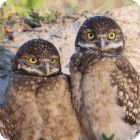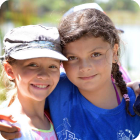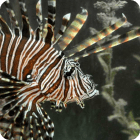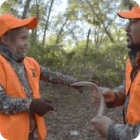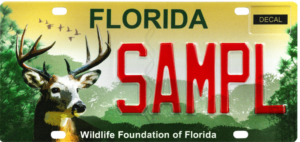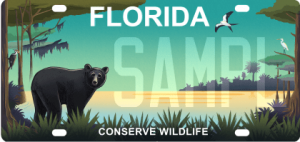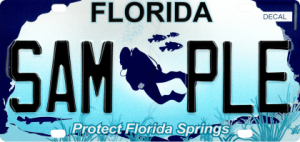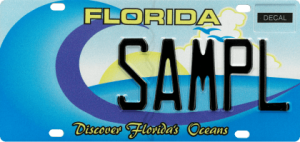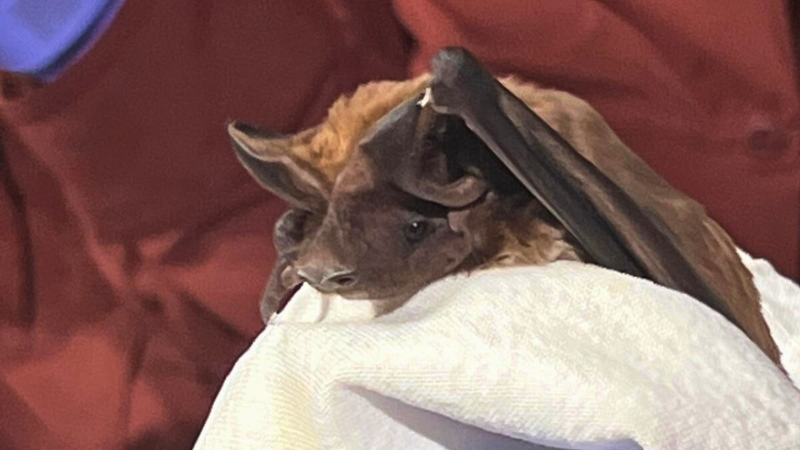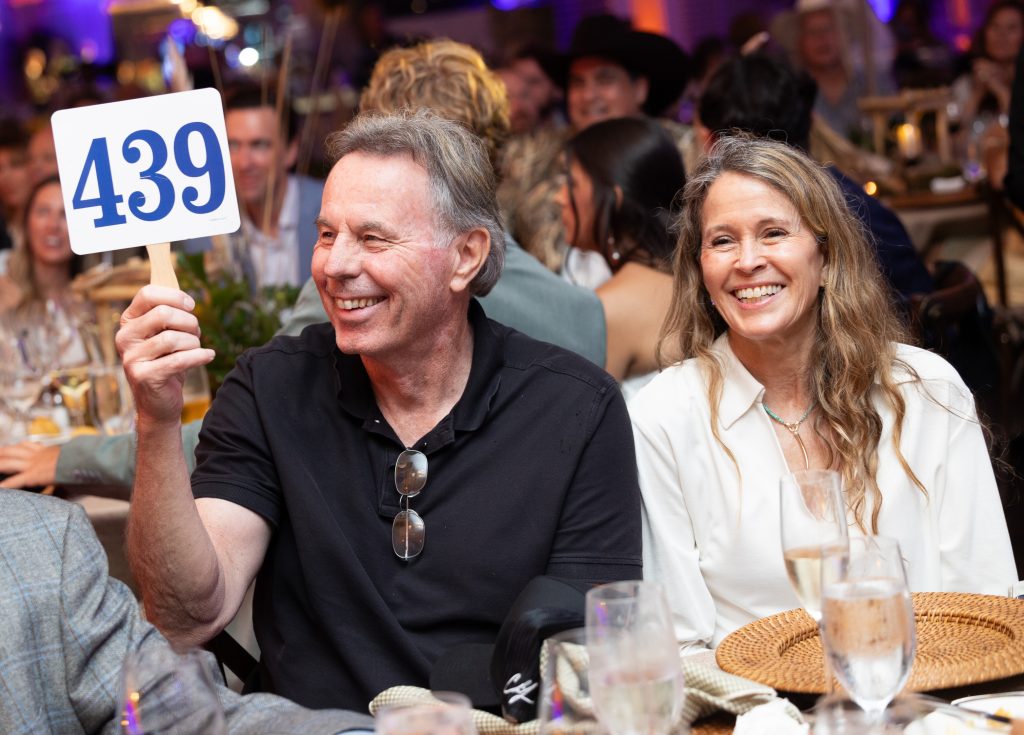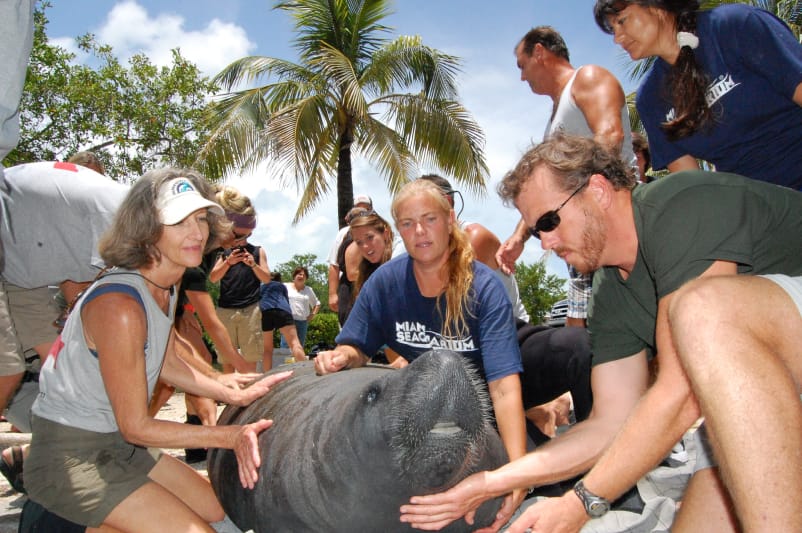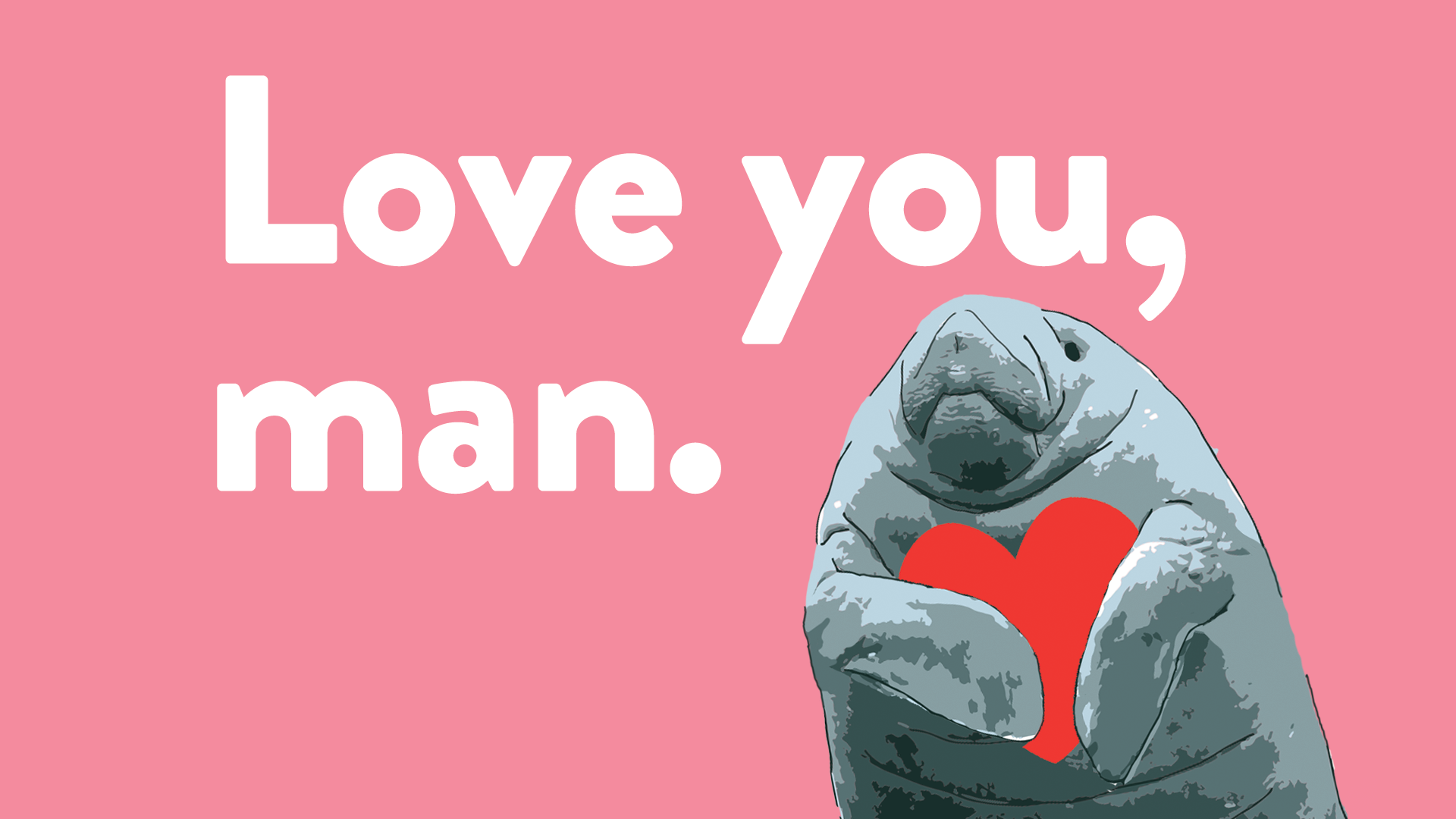
Celebrate Valentine’s Day by sending love to your family, friends, and Florida’s manatees. Now through February 8th, we’ll send a personalized valentine to the manatee-lover of your choosing when you donate $25 to our Marine Mammal Fund. All proceeds will support seagrass restoration in the Sunshine State.
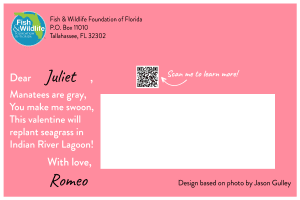
Seagrass restoration is a critical aspect of manatee conservation. Grass beds act not only as food sources for animals that eat upwards of 10% of their body weight per day, but they’re also crucial for hundreds of other species of fish and turtles in places like the Indian River Lagoon. The lagoon runs along 40% of Florida’s east coast and is home to over 4,000 fish and plant species, making it one of the most diverse estuaries in the United States. In the past 10 years, declining water quality led to ruinous harmful algal blooms. The lagoon has lost more than 46,000 acres of seagrass – 58% of the total.
Our Foundation is working to raise funds to replant underwater vegetation in areas of the lagoon that are able to support marine vegetation. This can be a complex task, requiring careful consideration of environmental conditions, species of seagrass, and the overall ecosystem dynamics. Volunteers and conservation teams play a crucial role in these restoration projects, dedicating time and effort to replanting and monitoring the progress of the beds.
Restoring manatee seagrass habitats isn’t just about safeguarding a single species; it’s about preserving the delicate balance of our marine ecosystems, ensuring their resilience for generations to come. Through dedication, collaboration, and a shared commitment to conservation, we can make a meaningful difference in the lives of manatees and the vitality of our water.
Traditional valentine’s gifts are not only costly to your wallet but to our planet. According to Scientific American, the 100 million roses grown for a typical Valentine’s Day in the United States produce about 9,000 metric tons of carbon dioxide emissions.
Even still, most roses purchased in the United States for Valentine’s Day are shipped from Colombia and Ecuador. While they are normally transported throughout the year aboard passenger planes already headed to the United States, the increased demand in the weeks prior to V-Day requires nearly 30 daily plane trips dedicated solely to flowers. Plus, your typical bouquet of roses or box of chocolates is expected to be pricier this year due to higher-than-usual container shipping costs.
Help save the planet and protect Florida’s wildlife while checking off your Valentine’s Day to-do list by sending a manatee valentine.
